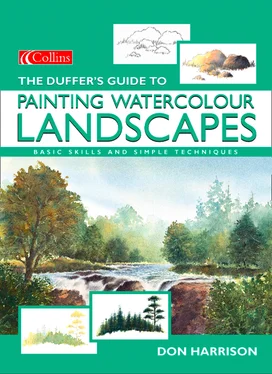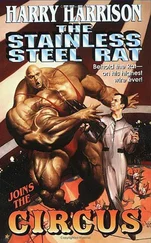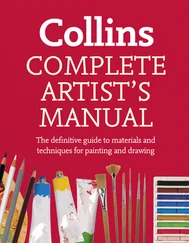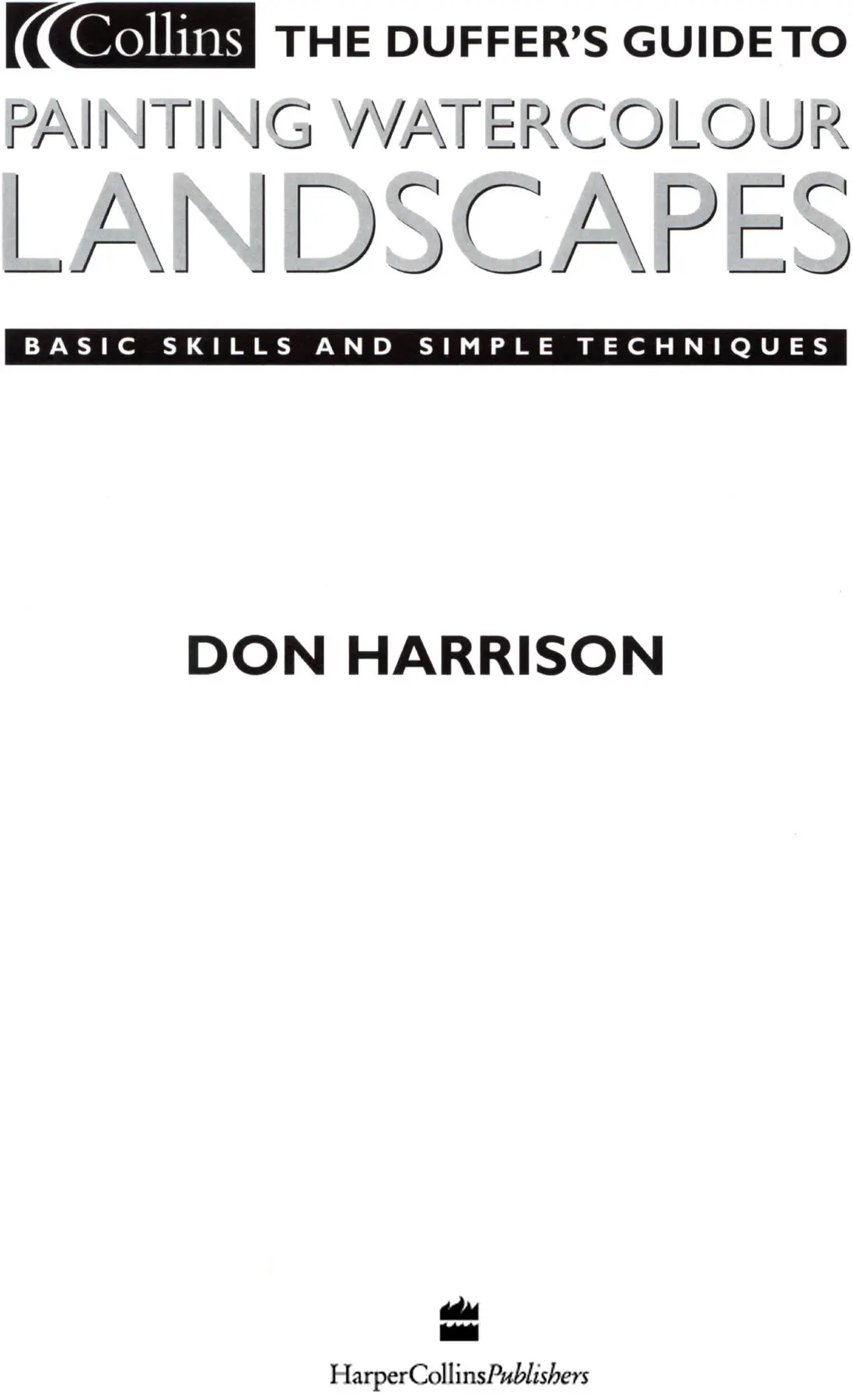
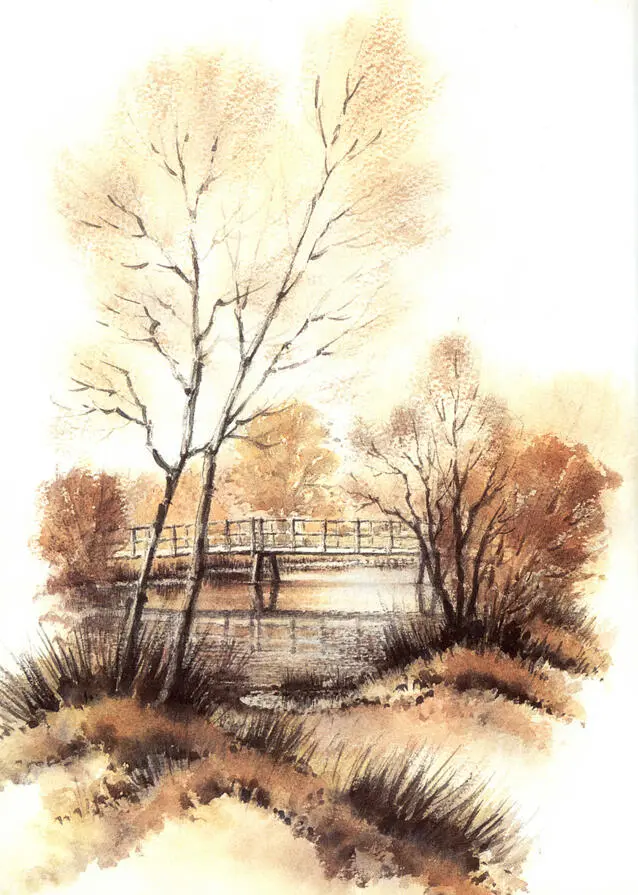
LAKE AT MOORS VALLEY 56 × 37 cm (22 × 14½ in)
Copyright COPYRIGHT INTRODUCTION MATERIALS AND EQUIPMENT USING COLOUR FIRST STEPS IN WATERCOLOUR SIMPLE SKIES WINTER LANDSCAPES SUMMER LANDSCAPES SEASCAPES AND BOATS MOUNTAINS AND HEADLANDS BUILDINGS IN THE LANDSCAPE ABOUT THE PUBLISHER MUDEFORD 37 × 56 cm (14½ × 22 in)
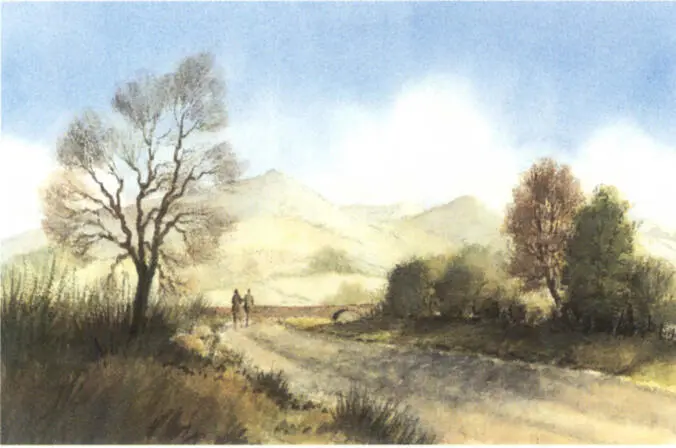
VIEW FROM SHINAFOOT 33 × 51 cm (13 × 20 in)
First published in 2000 by
HarperCollins Publishers Ltd
1 London Bridge Street
London SE1 9GF
The HarperCollins website address is: www.harpercollins.co.uk
Collins is a registered trademark of HarperCollins Publishers Limited.
© Don Harrison, 2000
A catalogue record for this book is available from the British Library
Editor: Geraldine Christy
Designer: Colin Brown
Photographer: Nigel Cheffers-Heard
A companion video, entitled The Complete Duffer’s Guide to Painting Watercolour Landscapes, is available from Artyfacts, P. O. Box 2182, Poole, Dorset BH16 6YU
Page 1: EILEAN DONAN 35 × 53 cm (14 × 21 in)
Don Harrison asserts the moral right to be identified as the author of this work.
All rights reserved under International and Pan-American Copyright Conventions. By payment of the required fees, you have been granted the nonexclusive, non-transferable right to access and read the text of this e-book on screen. No part of this text may be reproduced, transmitted, downloaded, decompiled, reverse engineered, or stored in or introduced into any information storage retrieval system, in any form or by any means, whether electronic or mechanical, now known or hereinafter invented, without the express written permission of HarperCollins e-books.
Source ISBN 9780004133997
Ebook Edition © MARCH 2019 ISBN: 9780008352431
Version: 2019-03-06
HarperCollinsPublishers has made every reasonable effort to ensure that any picture content and written content in this ebook has been included or removed in accordance with the contractual and technological constraints in operation at the time of publication .
Contents
COVER
TITLE PAGE
COPYRIGHT
INTRODUCTION
MATERIALS AND EQUIPMENT
USING COLOUR
FIRST STEPS IN WATERCOLOUR
SIMPLE SKIES
WINTER LANDSCAPES
SUMMER LANDSCAPES
SEASCAPES AND BOATS
MOUNTAINS AND HEADLANDS
BUILDINGS IN THE LANDSCAPE
ABOUT THE PUBLISHER
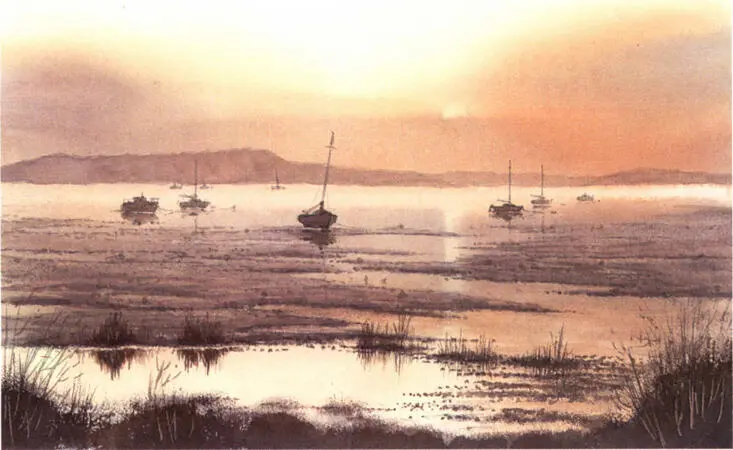
MUDEFORD 37 × 56 cm (14½ × 22 in)
Introduction
Even in this day and age we can still be overwhelmed at the sight of a stunning view. Indeed you may often hear people say, ‘Just look at that. If only I could paint it.’ So why on earth do they not do so? Many people say they have no talent for painting or they cannot draw, or the scene is too difficult, or they will take up painting when they retire. Sadly, they are missing out on one of life’s great pleasures. Even worse, a large proportion of the people who already try to paint often struggle through poor technique and lack of good advice. Some regard themselves as complete duffers and wonder if they will ever improve. This book is intended to change all that and to show just how easy it is to paint effective and realistic landscapes in watercolour.
Here is a basic, but comprehensive, painting course arranged and written in a straightforward, no-nonsense way that is easy to understand. If you have always longed to paint but do not know where to start, here are the answers. The book introduces the materials and equipment you will need and provides a guide to basic colour theory, with advice on laying out your palette and mixing your colours. Techniques are clearly explained, followed by simple exercises to help you put them into practice. Finally, each chapter culminates in a full step-by-step demonstration of a painting.
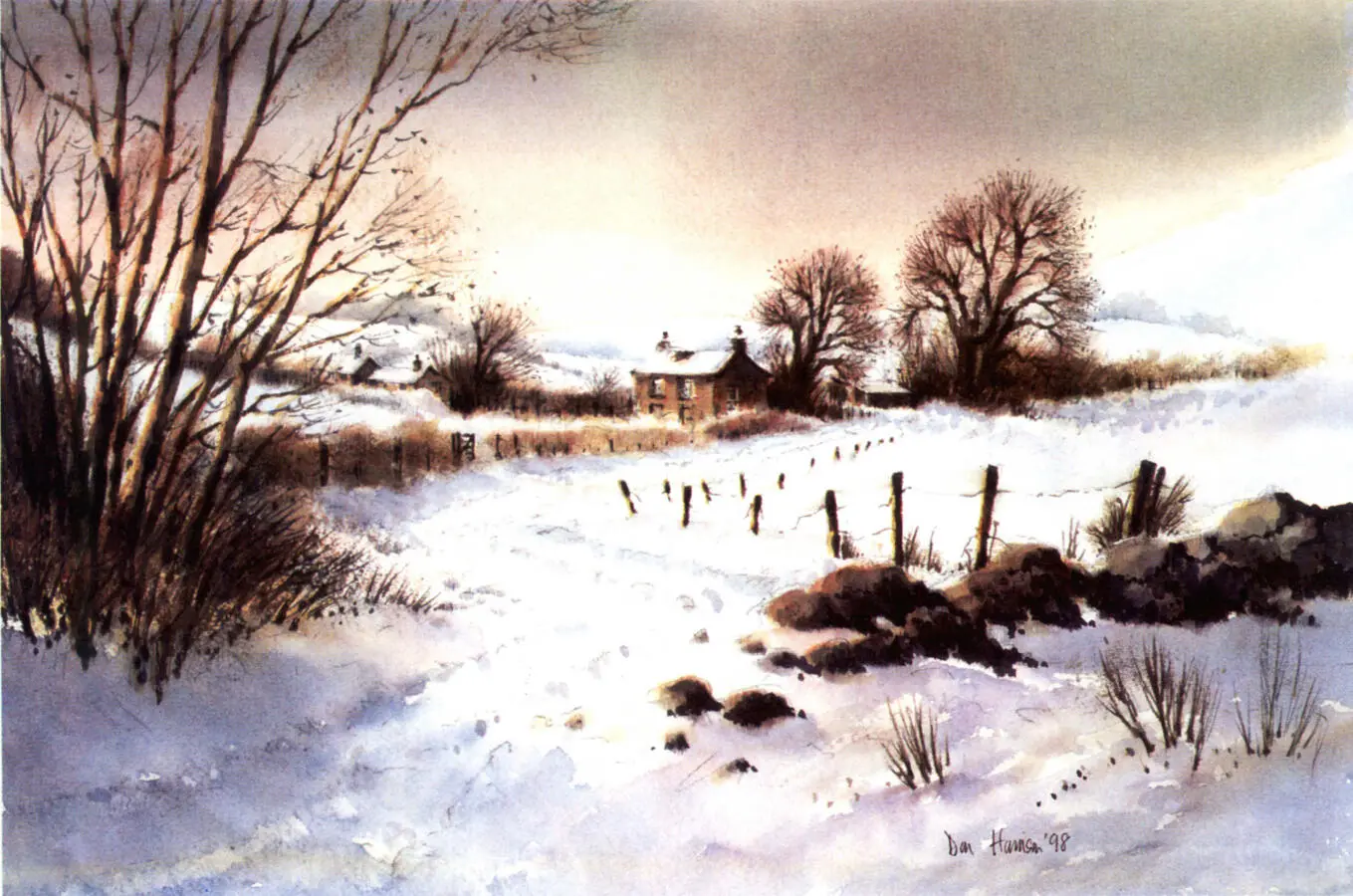
MORNING SNOW
38 × 56 cm (15 × 22 in)
The heavy overcast sky provides just the right backdrop to the distant snow-covered fields and is painted using the same cold blues and violets that are used for the snow-bound lane and fields. These wintry colours contrast well with the rich, warm browns in the hedges and trees.
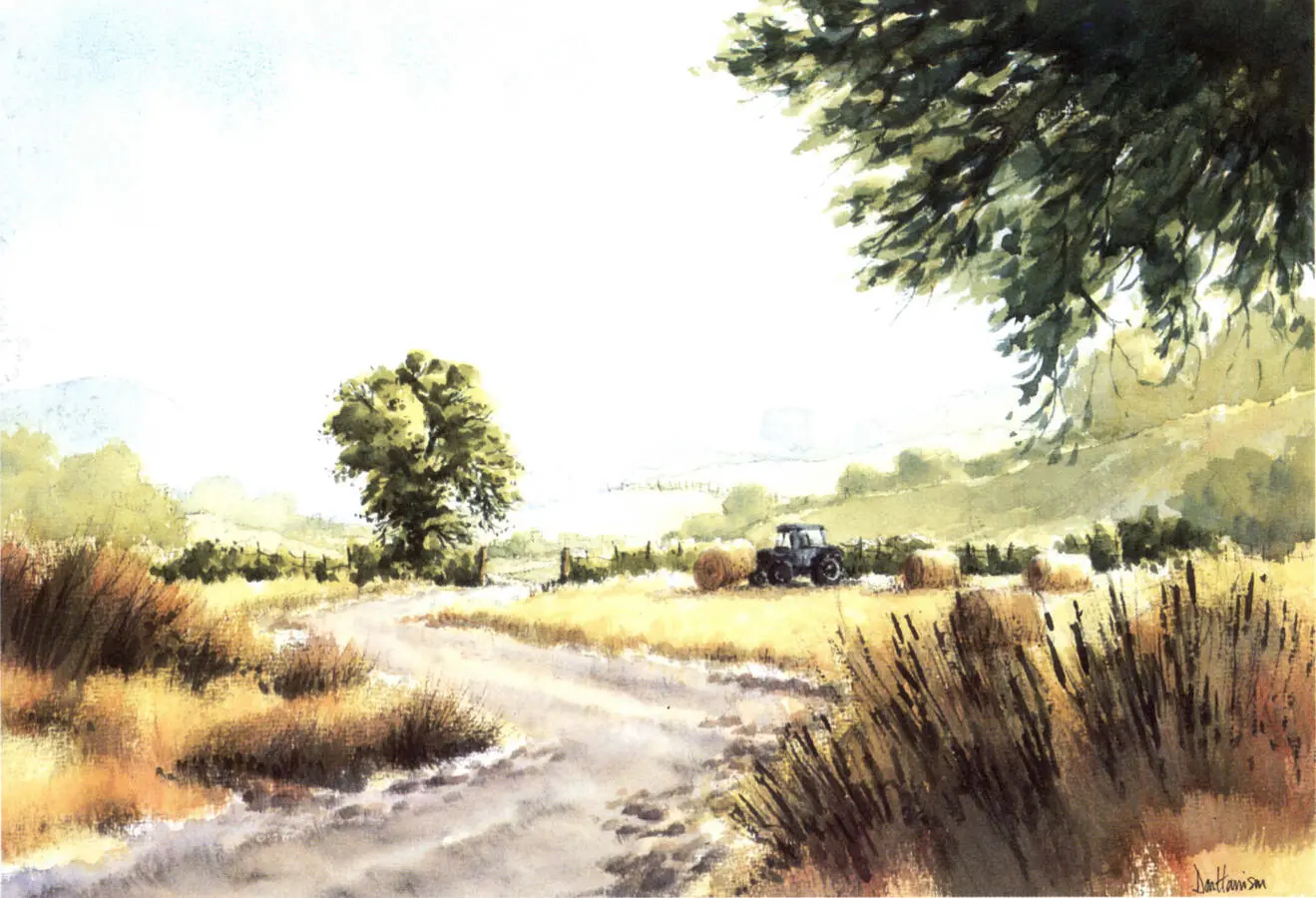
HARVEST TIME
37 × 56 cm (14½ × 22 in)
The light fluffy clouds in a blue sky suggest a warm summer’s day and the bright, warm yellows and greens, framed by the dark overhanging foliage, emphasize this feeling. The tractor provides a touch of action and a useful focal point in the painting.
After reading this book you should be able to tackle almost any kind of scene with confidence. But if some of your early efforts are unsuccessful do not worry – remember that you are only spoiling a piece of paper. Even your reject pictures should teach you something useful for future paintings as long as you understand where you went wrong.
When you first start painting the temptation is to reproduce exactly what you see, but the camera can do this much better than you or I. So once you have chosen a subject, try to simplify it and produce a reasonable impression of it without including every detail. When your painting does come out right you will realize what you have been missing all these years.
Your days as a ‘duffer’ are numbered!
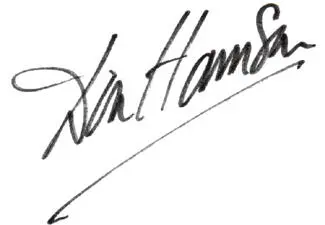
MATERIALS AND EQUIPMENT
Like most hobbies, painting requires an initial outlay in materials and equipment. It is all too easy to be misled into making a poor choice and many beginners buy huge amounts of materials and equipment when only a few basic items are really needed to get started. In the long run, it pays to use really good-quality materials and ensure that you have the right tools for the job. Then all you need is to learn how to use them to the best advantage – I hope this book will take care of that.
As far as paints are concerned, you will probably read a lot of conflicting advice about how many colours you should have. Most professional artists have their own particular favourites, but make your selection based on common sense and your own preferences. Paper is very much a personal choice and it is worth experimenting to find the surface that suits you best.
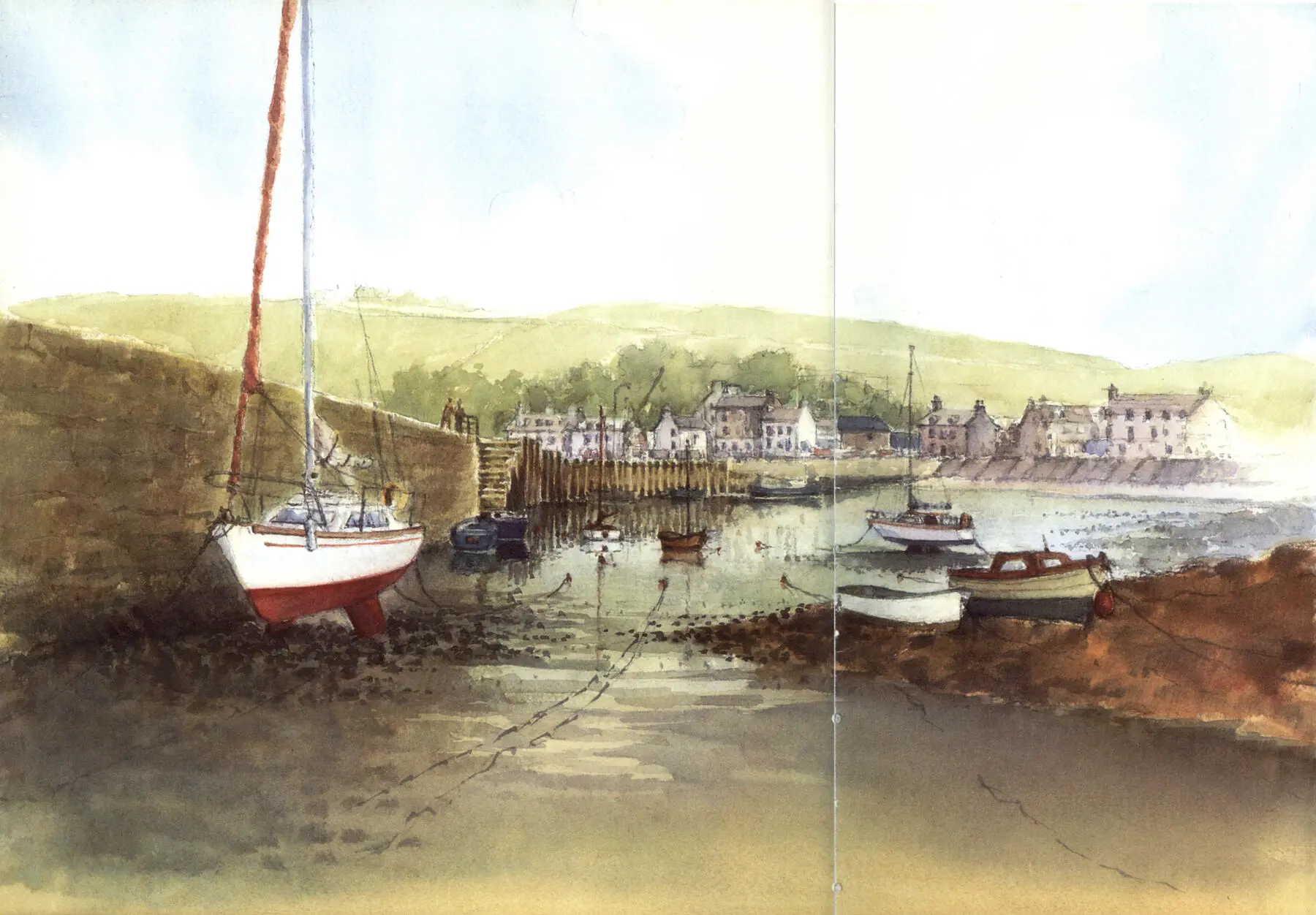
STONEHAVEN HARBOUR
Читать дальше
